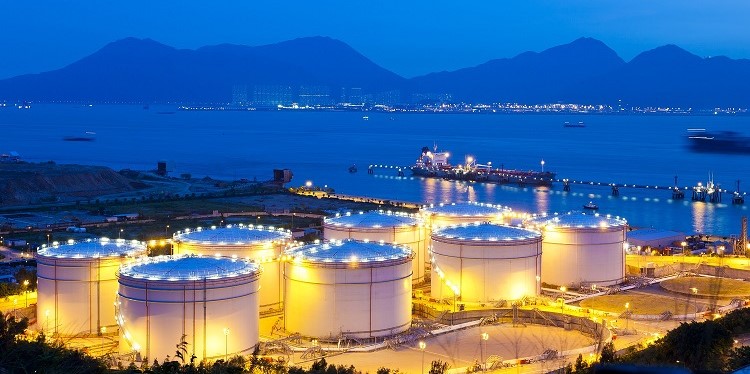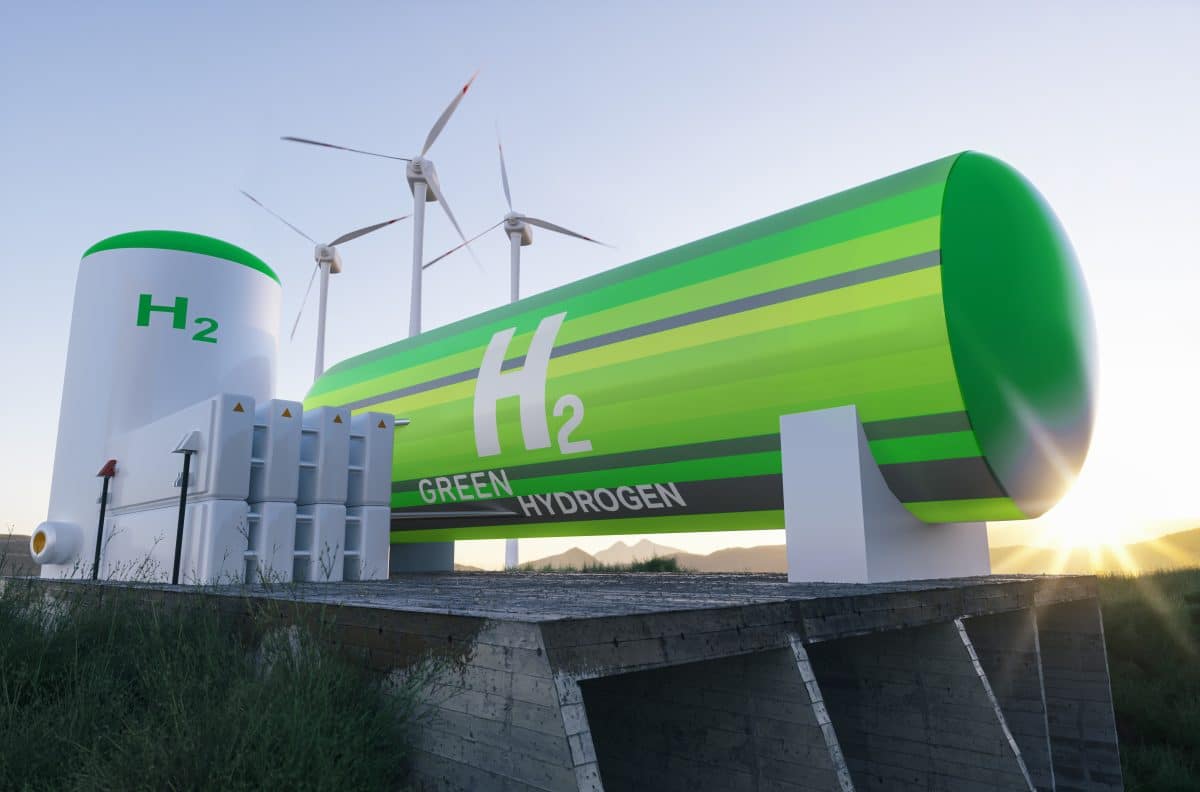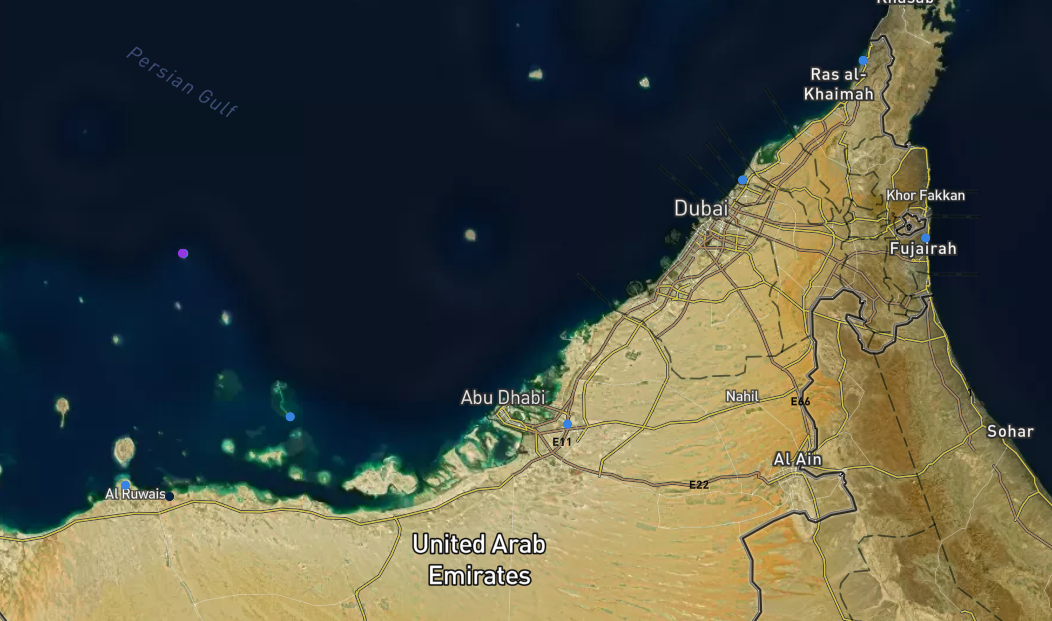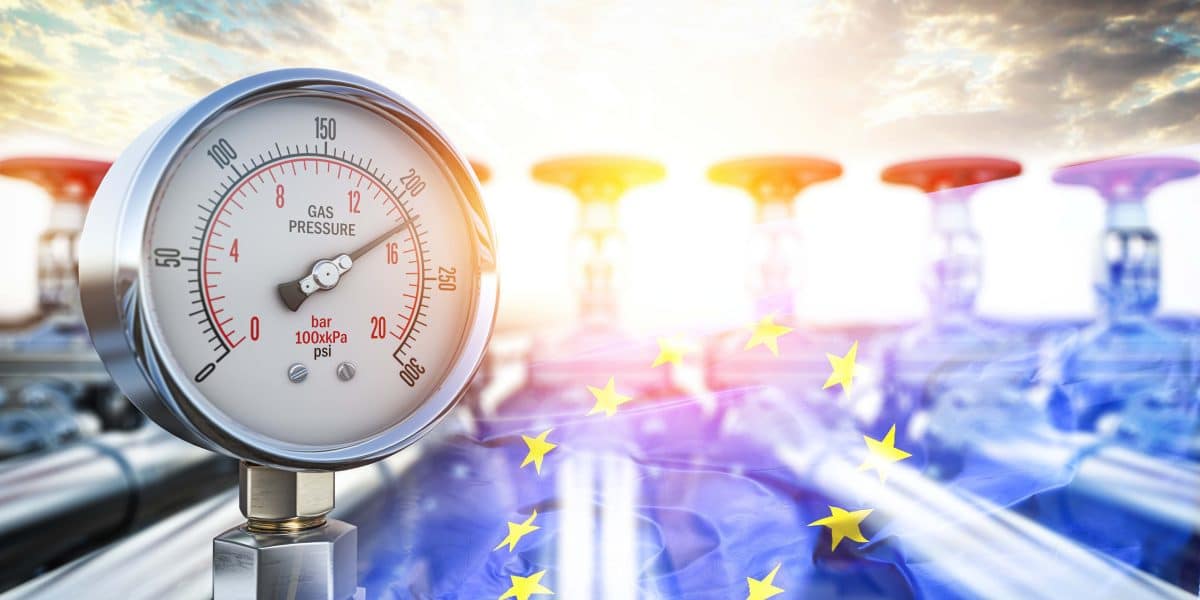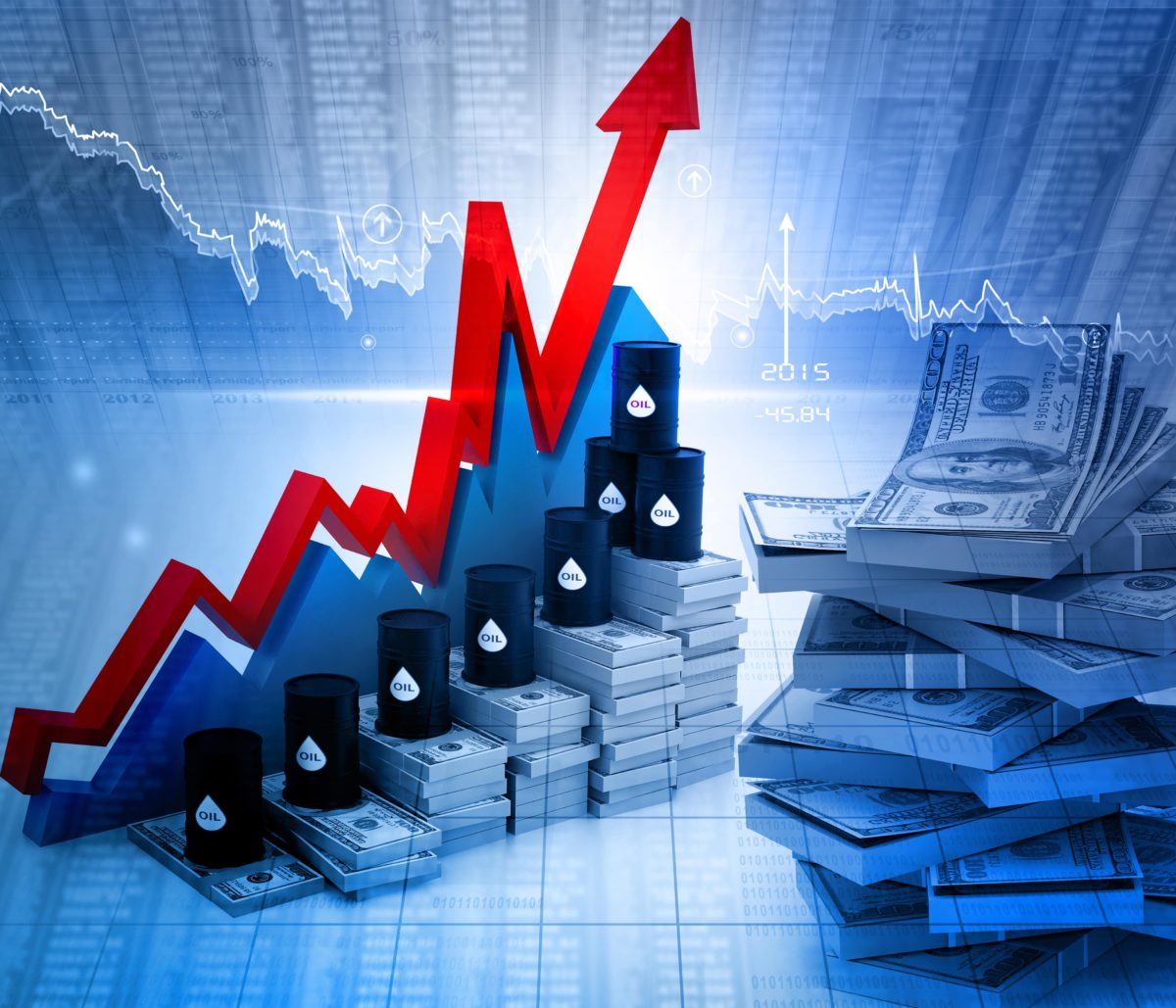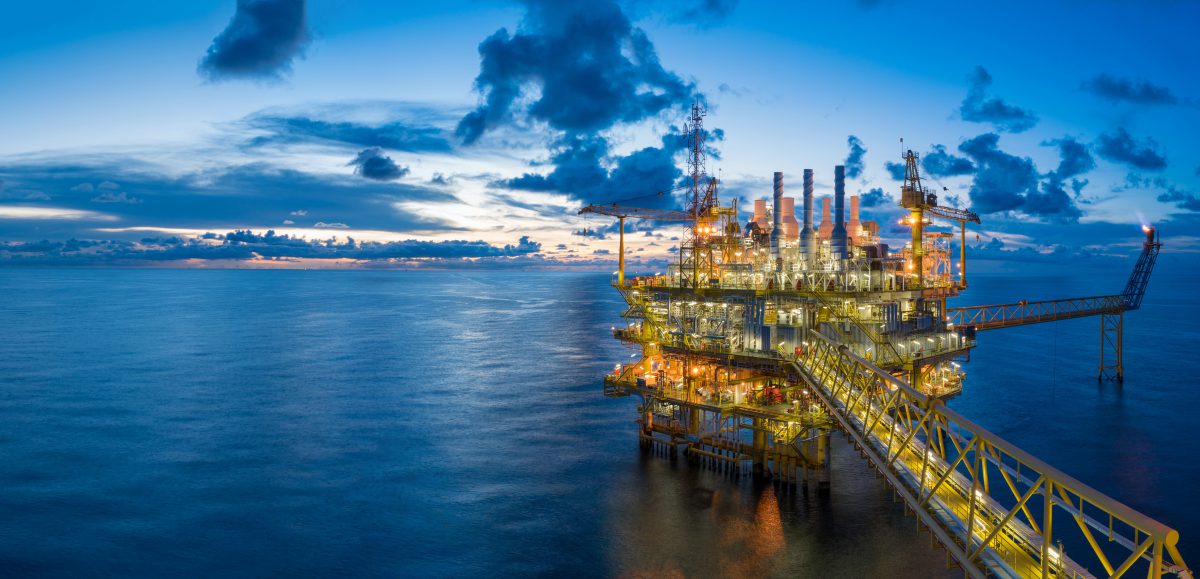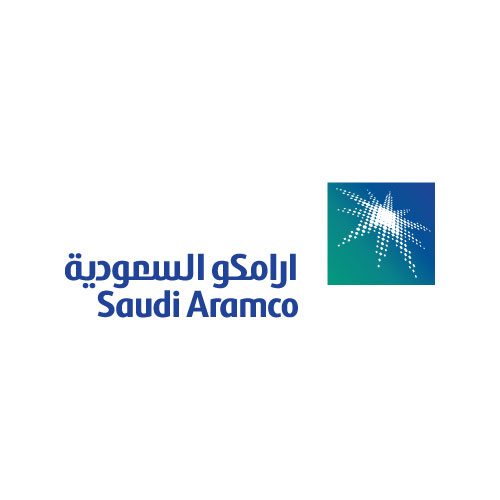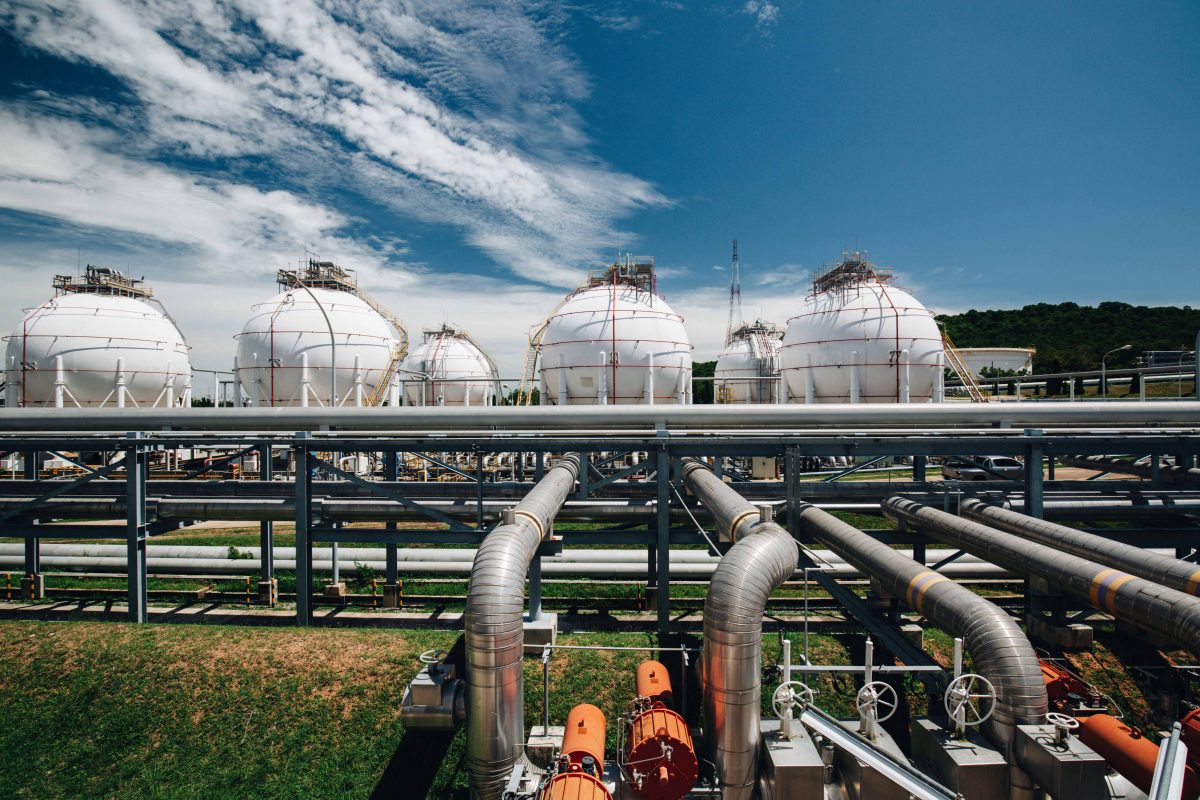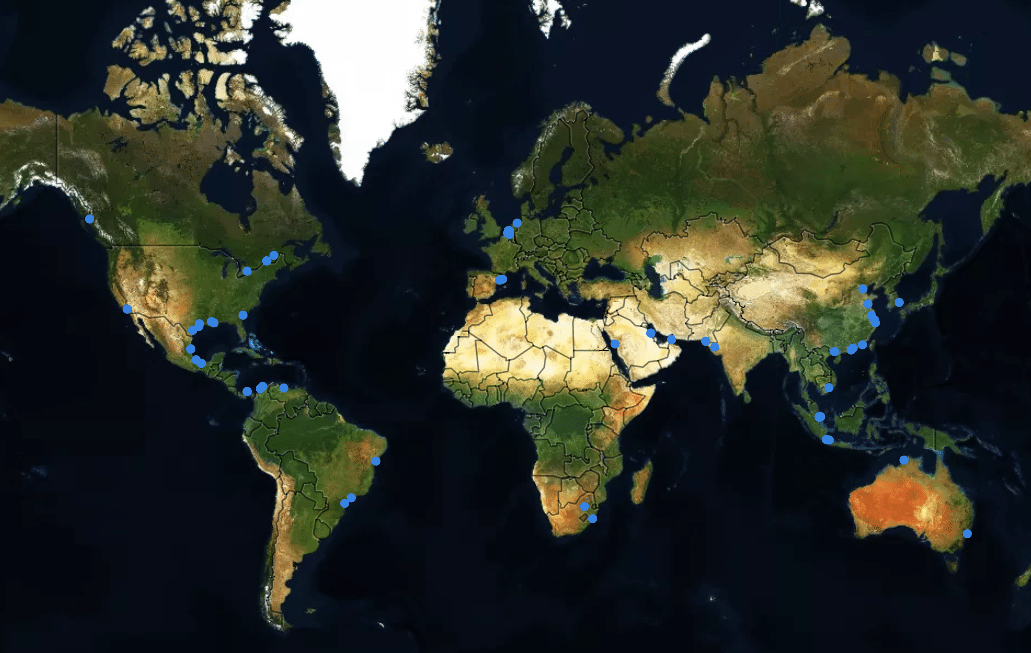Bullish sentiment appears to be building in oil markets as summer demand for fuel kicks in, pushing Brent back above the $81 per barrel mark.
Supply disruptions have ratcheted up pressure on gas prices globally, with prices across Europe, Asia and the United States simultaneously edging higher to their highest in 2024 so far.
European TTF gas futures soared 13% in one day after cracks were found in Equinor’s Sleipner platform and even though the repairs concluded already, the regional benchmark continues to hover around €35 per MWh ($11 per mmBtu).
A string of Australian force majeure events, the latest of them coming from Chevron’s Wheatstone facility which was forced to halt production after an outage this Monday, has pushed the regional LNG prices to $12 per mmBtu already.
Sentiment around natural gas in the US has improved markedly, too, with Henry Hub closing above $3 per mmBtu for the first time since early January 2024 and hedge funds’ positioning turning sustainably net long after two years of suffering.
Market Movers
Global trading major Glencore (LON:GLEN) has won a crude supply tender to Prax’s 113,000 b/d Lindsay refinery in the UK, dealing a painful blow to trading competitor Trafigura which used to be Prax’s main supplier.
Warren Buffett’s Berkshire Hathaway (NYSE:BRK) bought some 2.57 million shares of common stock in Occidental Petroleum (NYSE:OXY), further increasing its ownership of the oil majors from the 28% stake it had up until now.
French major TotalEnergies (NYSE:TTE) agreed to purchase the UK power generator West Burton Energy from EIG for a total of $576 million, boosting its gas capacity by 1.3 GW and renewables by 1.1 GW.
Following weeks of lukewarm demand statistics, we might finally be on the brink of seeing summer demand kicking in. A reported jet fuel shortage in Japan, Goldman Sachs’ relatively bullish view on transportation fuel demand over the summer, and the prospect of a US SPR replenishment boost have lifted Brent futures above the $81 per barrel mark.
Return of OPEC+ Barrels Triggers Huge Sell-Off. Portfolio investors exited a record amount of long positions in the week ending June 4 as the prospect of OPEC+ bringing back production into 2025 soured the bullish sentiment, selling a total of 194 million barrels in the six leading futures contracts.
Iraq Eyes Restart of Idled Kurdish Pipeline. Iraq’s oil minister Hayan Abdel-Ghani noted progress in negotiations with Kurdistan regional officials on a potential deal to resume oil exports via the idled 450,000 b/d capacity Kirkuk-Ceyhan oil pipeline, halted since March 2023.
Saudi Aramco SPO Exceeds Expectations. The shares of Saudi national oil company Saudi Aramco (TADAWUL:2222) gained this week after the company raised $11.2 billion in its secondary share offering, with at least half of sales reportedly going towards international investors.
New Zealand Makes U-Turn on Oil Exploration. The government of New Zealand vowed to introduce legislation that would remove a disputed ban on offshore oil exploration, in place since 2018, by the end of this year, reversing the oil policy of the previous center-left Labour government.
Niger-Benin Spat Turns Ugly Again. Having just loaded the first-ever Meleck cargo last month, exports could halt again as the Benin-Niger geopolitical spat took another turn this week, with the former arresting 5 people it believes to be Nigerien soldiers working undercover at the port of Seme.
Japan to Fund New Nuclear Plants with Bonds. Japan’s Kansai Electric Power is planning to issue transition bonds to finance future nuclear power projects, aiming for some ¥30 billion ($190 million), the second Japanese firm in two months to turn to bonds as a nuclear financing tool.
Russia Seeks Iran Corridor to India. Russia has announced it plans to export coal to India via Iran’s railway network system as Moscow seeks to ramp up supplies to the world’s second-largest coal consumer, to be ultimately shipped from the Iranian port of Bandar Abbas.
Houthis Strike Two Western-Owned Container Ships. Houthi militias have targeted two container ships this week, the Swiss-owned Tavvish and the German-owned Norderney, damaging both with anti-ship ballistic missiles some 70 nautical miles southwest of Aden.
Suncor Triggers the Ire of Environmentalists. Environmentalist groups sued Canada’s leading oil firm Suncor Energy (TSO:SU) for alleged air pollution violations at its 98,000 b/d Commerce City refinery in Colorado, claiming they’ve recorded more than 1,000 emission violations in 2019-2023.
IEA Sees Upstream Investment Growth Slowing Down. The International Energy Agency forecasts that global upstream spending would increase by 7% this year to $570 billion, slightly lower than the 9% year-on-year pace of 2023, insisting that it’s much more than is needed.
Chinese Demand for Saudi Crude Weakens. Saudi crude exports to China are expected to bottom out in July as Chinese refiners nominated only 36 million barrels for next month, opting for other sources of crude as Middle Eastern barrels get more expensive as margins flatten out.
Port of Baltimore Fully Reopens After Tanker Crash. Less than three months after the Dali tanker crashed into the Francis Scott Key Bridge the port of Baltimore has fully reopened as the operating dimensions of the navigation channel were lifted to 700 feet wide and 50 feet deep.
Oil Sands Producers Riot Against Emissions Cap. Canada’s leading oil producers have objected to the government’s plan to cap emissions, saying that a carbon tax would be the preferred way of climate impact mitigation, as limiting emissions would also impact future production growth.
By Oilprice, Michael Kern / Jun 11, 2024

